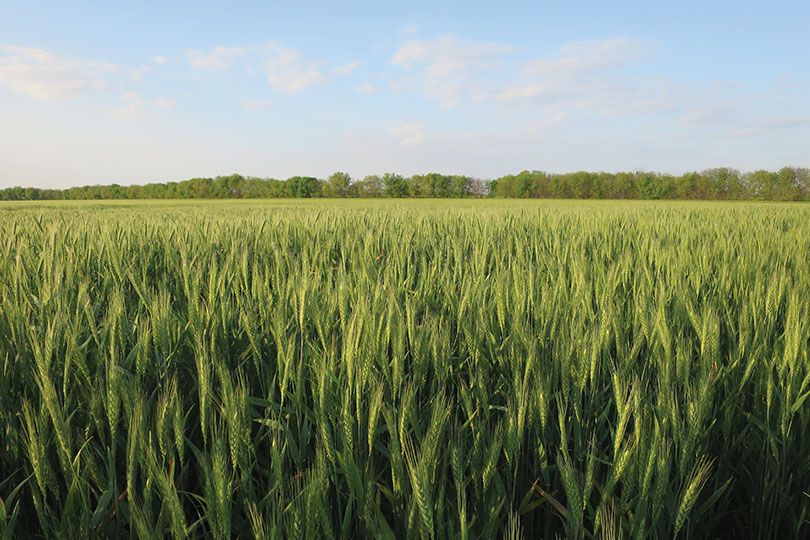By Emmy Powell
Communications Specialist
The new year brings many questions for farmers and ranchers.
Factors that had an impact on the economy, such as interest rates and inflation, are lingering concerns for many.
“In 2022, we had high price expectations going into the planting and into the summer,” Dr. Darren Hudson, Texas Tech University Department of Agricultural and Applied Economics and Director of the International Center for Agricultural Competitiveness, said. “Many of those prices deteriorated rapidly, but input prices did not. I think a lot of producers at the end of the year didn’t fare nearly as well as they thought they were going to.”
He said those factors will continue to be an issue in the new year.
“Going into 2023 we’ve seen a bit of moderation in input prices. That’s a good thing,” he said in an interview with the Texas Farm Bureau Radio Network. “Commodity prices still aren’t where they were and can’t really sustain cost of production at current input price levels. We’ll have to see where that goes.”
Texas A&M AgriLife Extension Service economists expect the global economy to face recessionary challenges, and Hudson noted farmers and ranchers will likely face challenges with profitability.
Farmers and ranchers are encouraged to carefully evaluate the economic challenges.
“Interest rates, inflation are all important factors,” Dr. Mark Welch, AgriLife Extension grain marketing economist, said. “The Federal Reserve has gotten aggressive (with interest rate hikes). Moving from near zero at the beginning of the year to 4%, increases in the federal funds rate may have dampened overall inflation. The Consumer Price Index that was 9% in June is now down just below 7%. But core inflation, less food and energy, is still stubbornly high, around 5%.”
He expects rates to continue to rise and projects commodity markets to remain high but says farmers will continue to be faced with high crop expenses due to the economic environment.
“High prices, high input costs with tighter margins,” Welch said. “(As the) U.S. starts to increase corn and wheat production, prices will be moderately lower, and the global recession impacts and weather will be important factors on production and prices.”
As 2022 came to an end and experts made predictions for 2023, farmer sentiment increased. According to Purdue University, the Ag Economy Barometer index rose 24 points from November.
This was the most positive sentiment reading of 2022.
Although farmer sentiment increased from November, farmers expect financial performance in 2023 to be weaker than in 2022, due to higher costs.
“Rising costs and narrowing margins are key reasons for the lower index in 2023,” the survey said. “Concerns about costs continue to be top of mind for producers’ when asked to look ahead to the upcoming year.”

